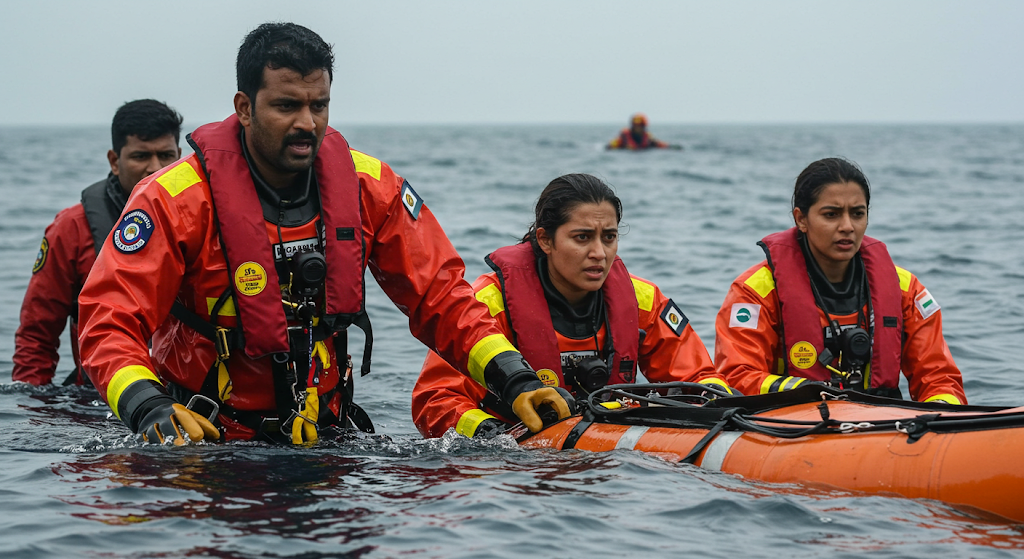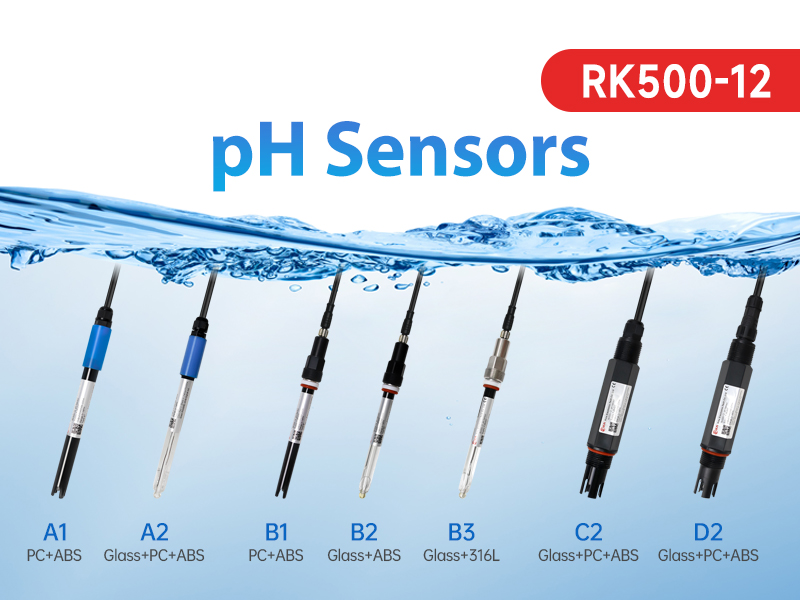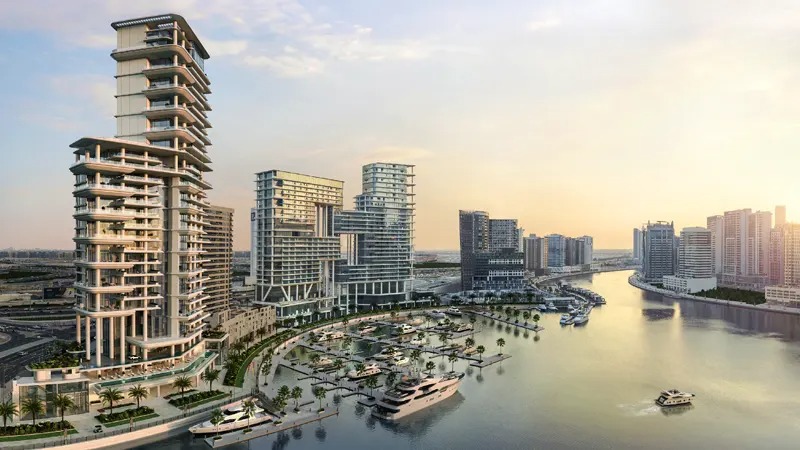India’s vast coastline and bustling maritime industry demand unwavering attention to safety. From cargo ships to offshore rigs, the unpredictable Indian Ocean underscores the need for robust gear like immersion survival suits in India and reliable life-saving appliances on ships. This guide explores their critical role, technical nuances, and regional relevance.
Rapid Response: The Two-Minute Lifeline
In emergencies, seconds save lives. Immersion survival suit in India is crafted for swift deployment, allowing wearers to don them within two minutes—even over clothing and life jackets. This rapid readiness is vital in scenarios like sudden abandonments, where delays can prove fatal. Indian maritime training now emphasizes drills to master this quick transition, ensuring crews are battle-ready.
Flame Defense: Surviving Fire and Water
A suit’s fire resistance is non-negotiable. After two seconds of flame exposure, materials must neither burn nor melt, offering escapees protection during dual threats of fire and water. Such suits are tested rigorously in Indian certification labs, aligning with global standards to withstand extreme conditions common in engine room fires or fuel leaks.
Complete Coverage: Shielding Against the Elements
From neck to toe, immersion suits envelop the body, with attached gloves sealing out water. Face exposure is minimized to prevent hypothermia, a critical feature in India’s humid yet chilly offshore zones. This full-body armor combats wind, rain, and waves, keeping survivors dry during prolonged waits for rescue.
Buoyancy Mastery: Stability in Choppy Seas
Trapped air in suits can capsize wearers. Advanced designs expel leg air, enhancing stability. Combined with life jackets, these suits ensure an exhausted person’s mouth stays 120mm above water, even in turbulent Arabian Sea waves. Post-jump buoyancy tests from 4.5-meter heights are mandatory, ensuring no water ingress disrupts survival.
Mobility Meets Durability: Performing Under Pressure
Survivors must climb ladders, swim, and board life rafts. Indian-manufactured suits prioritize flexible materials, allowing unhindered movement. Crews train to jump safely and swim short distances—a skill crucial near congested ports like Mumbai or Chennai, where quick evacuation to life rafts is often necessary.
Thermal Defense: Combatting Cold Shock
India’s waters range from tropical to unexpectedly cold. Suits come in two types: non-insulated (requiring layered clothing) and insulated, maintaining core for six hours in 5°C waters. This dual approach caters to varied regional climates, from the warm Bay of Bengal to chilly deep-sea zones.
Beyond Suits: Essential Life-Saving Appliances on Ships
Immersion suits are part of a broader ecosystem of life-saving appliances on ships, including:
- Lifeboats & RAFTs: Motorized or inflatable, designed for quick launch.
- EPIRBs: Emergency beacons signaling locations to coast guards.
- Firefighting Gear: Extinguishers and suits to tackle onboard blazes.
India’s Directorate General of Shipping mandates regular inspections, ensuring compliance with SOLAS (Safety of Life at Sea) protocols.
India’s Regulatory Tide: Standards and Innovation
Local manufacturers adhere to ISO 15027 and IS 15809 standards, with agencies like the Indian Register of Shipping certifying quality. Startups are innovating cost-effective suits using indigenous materials, making safety accessible for fishing fleets and merchant navies alike.
Conclusion: Anchoring Safety in India’s Maritime Future
As India expands its blue economy, immersion survival suits in India and advanced life saving appliances on ship are non-negotiable investments. Through stringent training, cutting-edge gear, and regulatory vigilance, the nation sails toward a safer horizon—where every seafarer returns home, shielded by innovation and preparedness.




